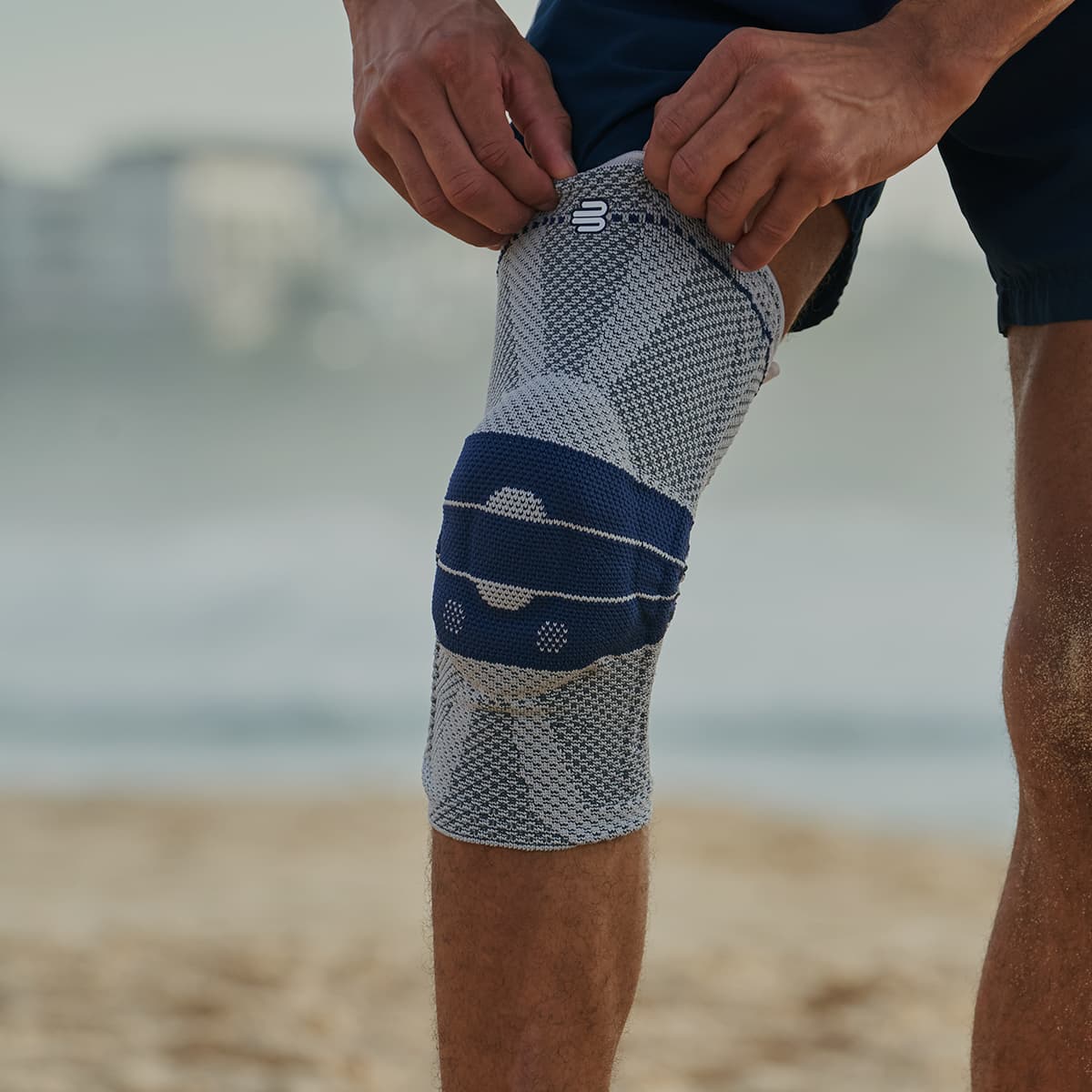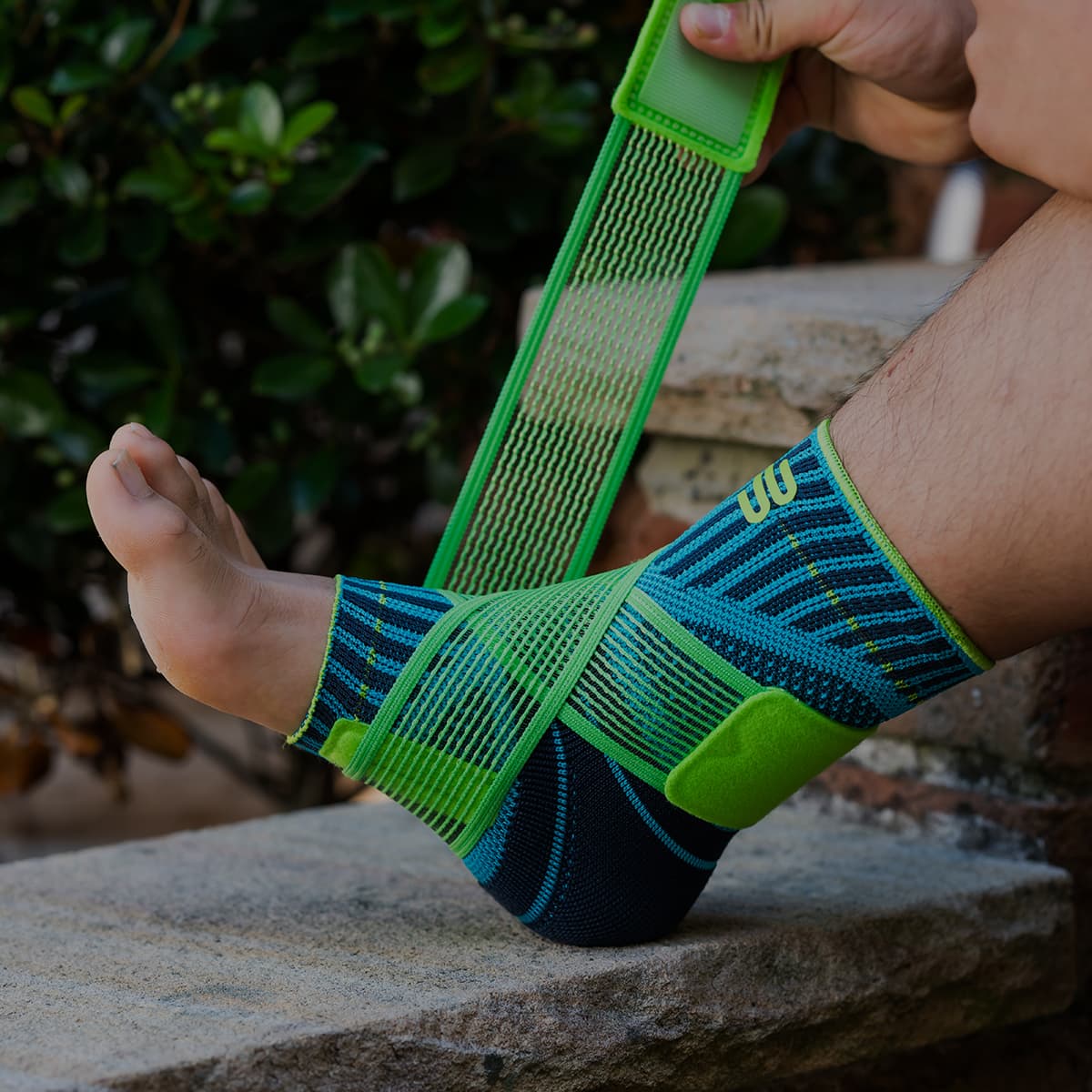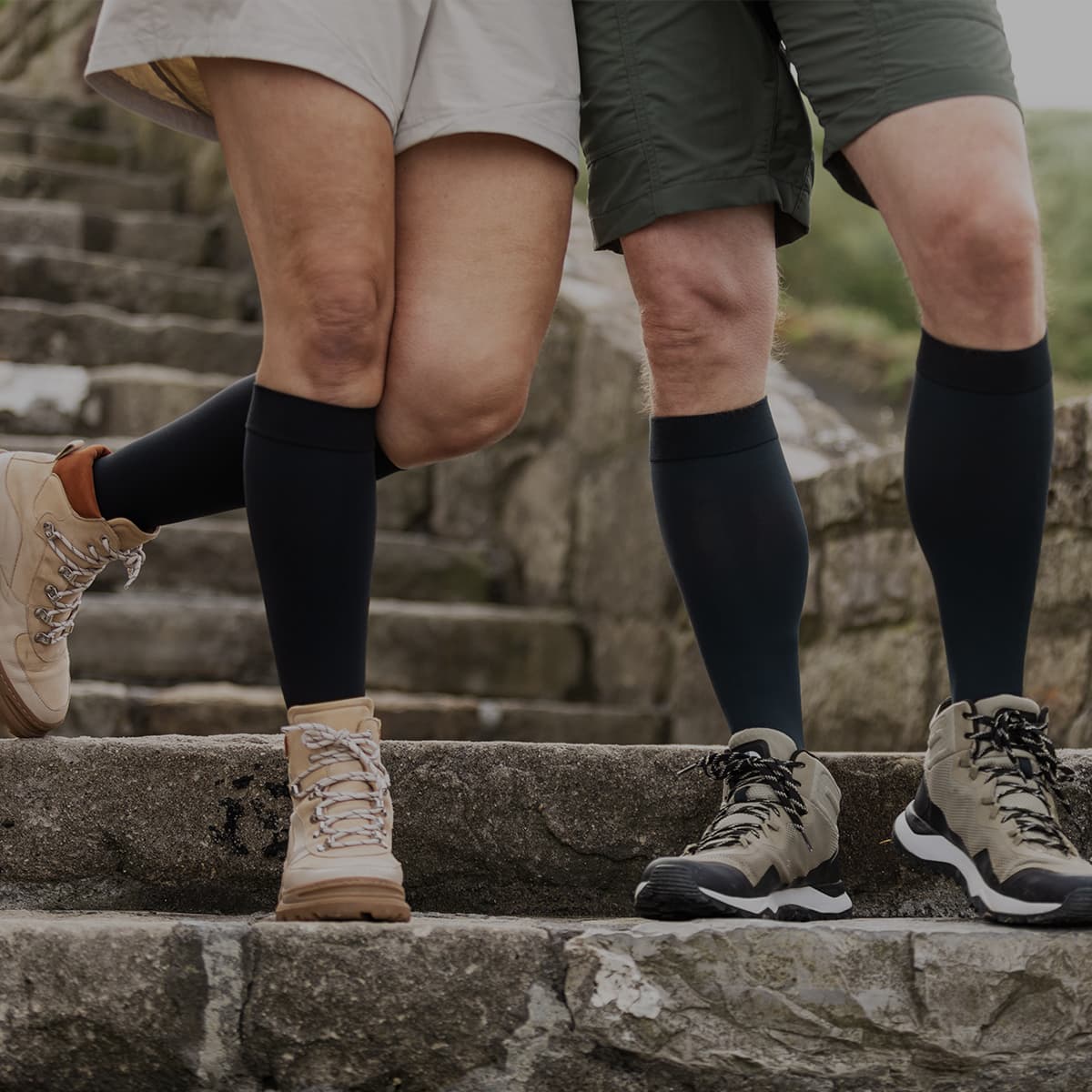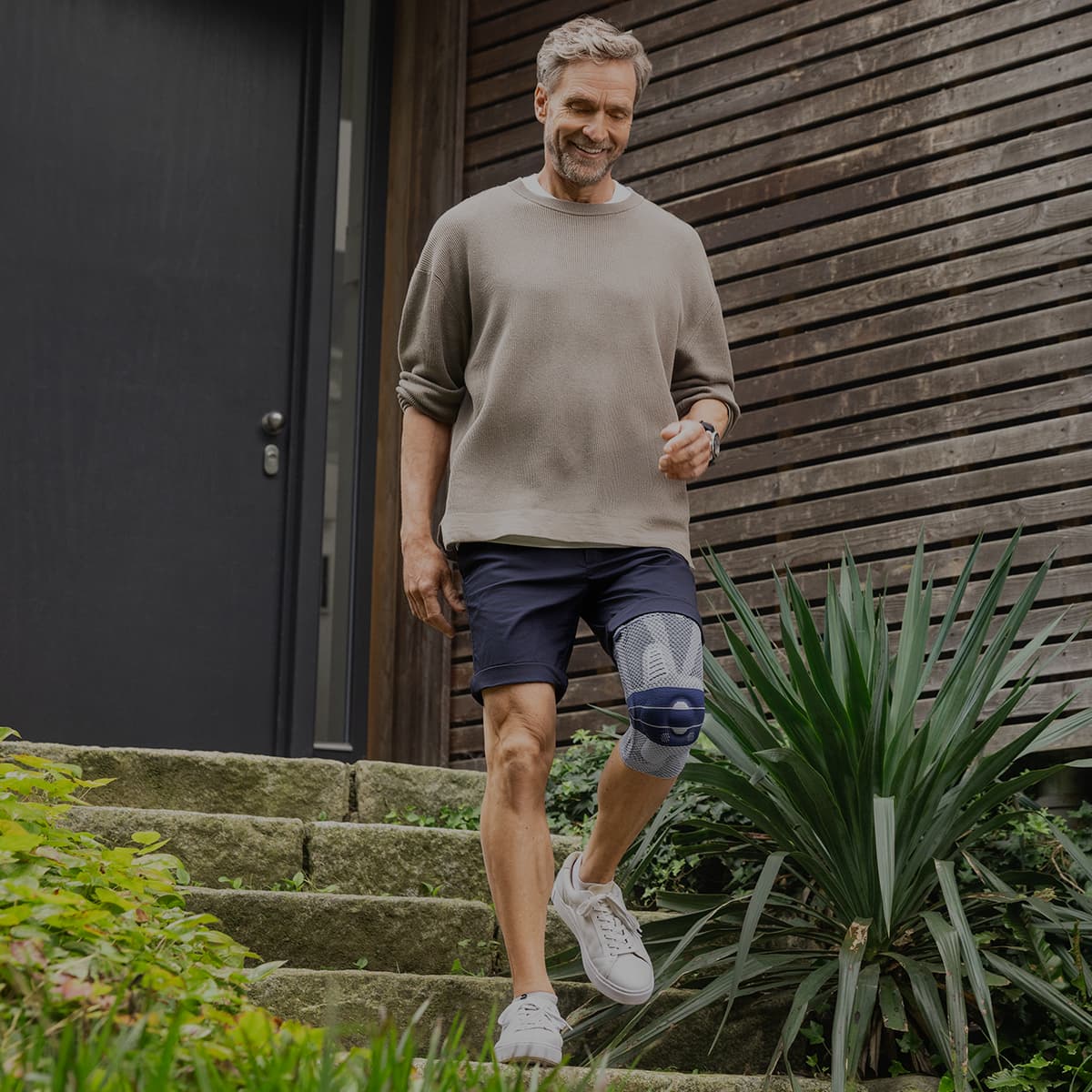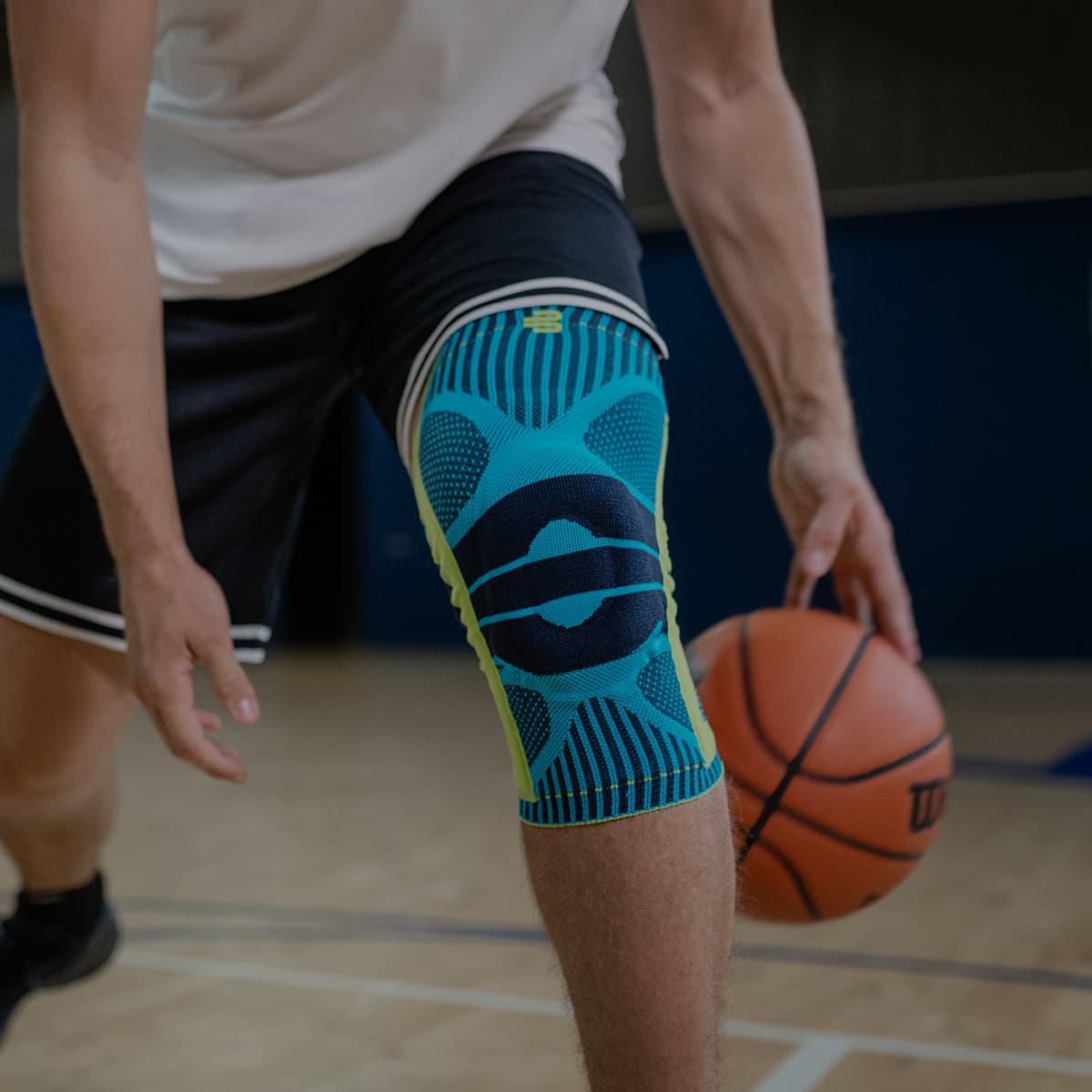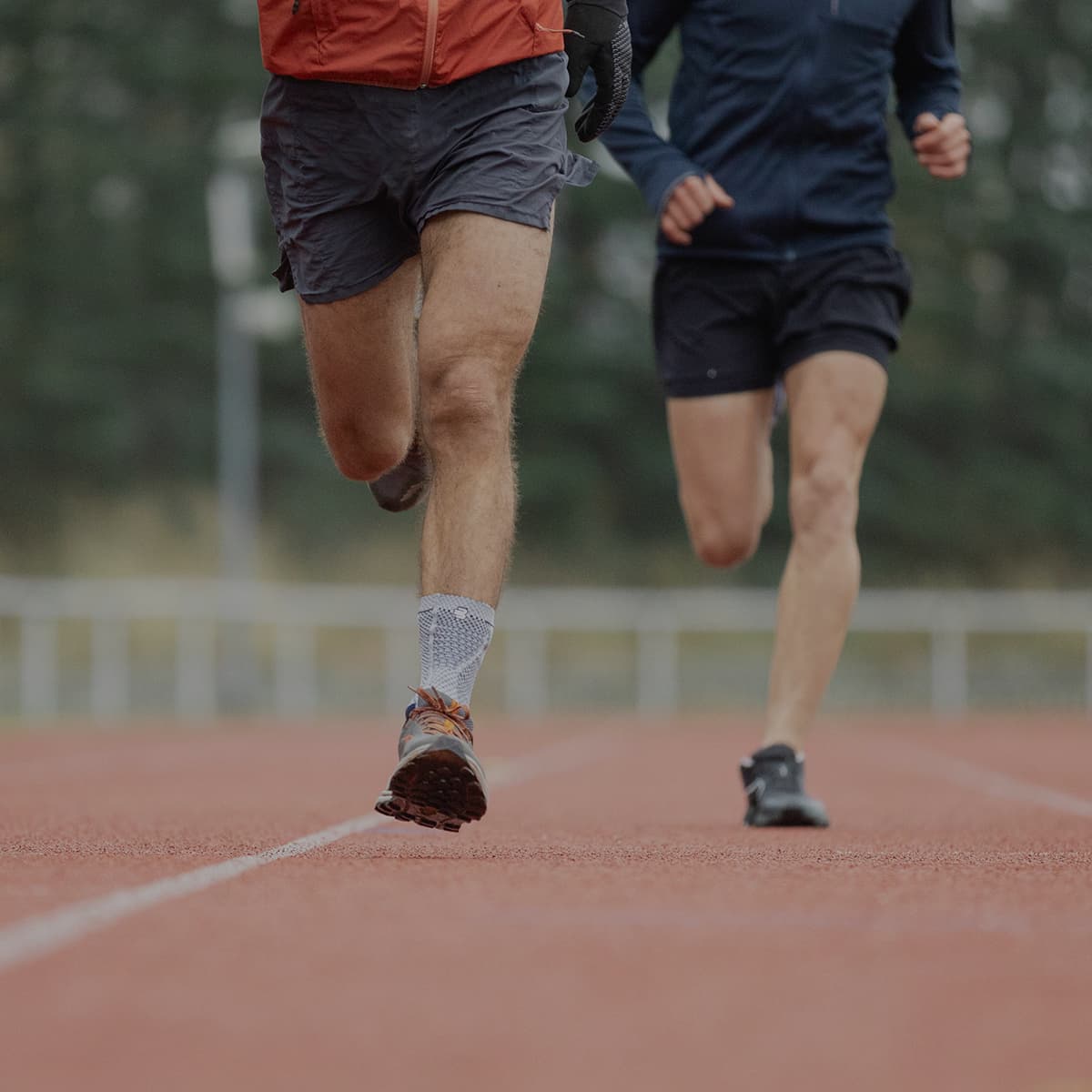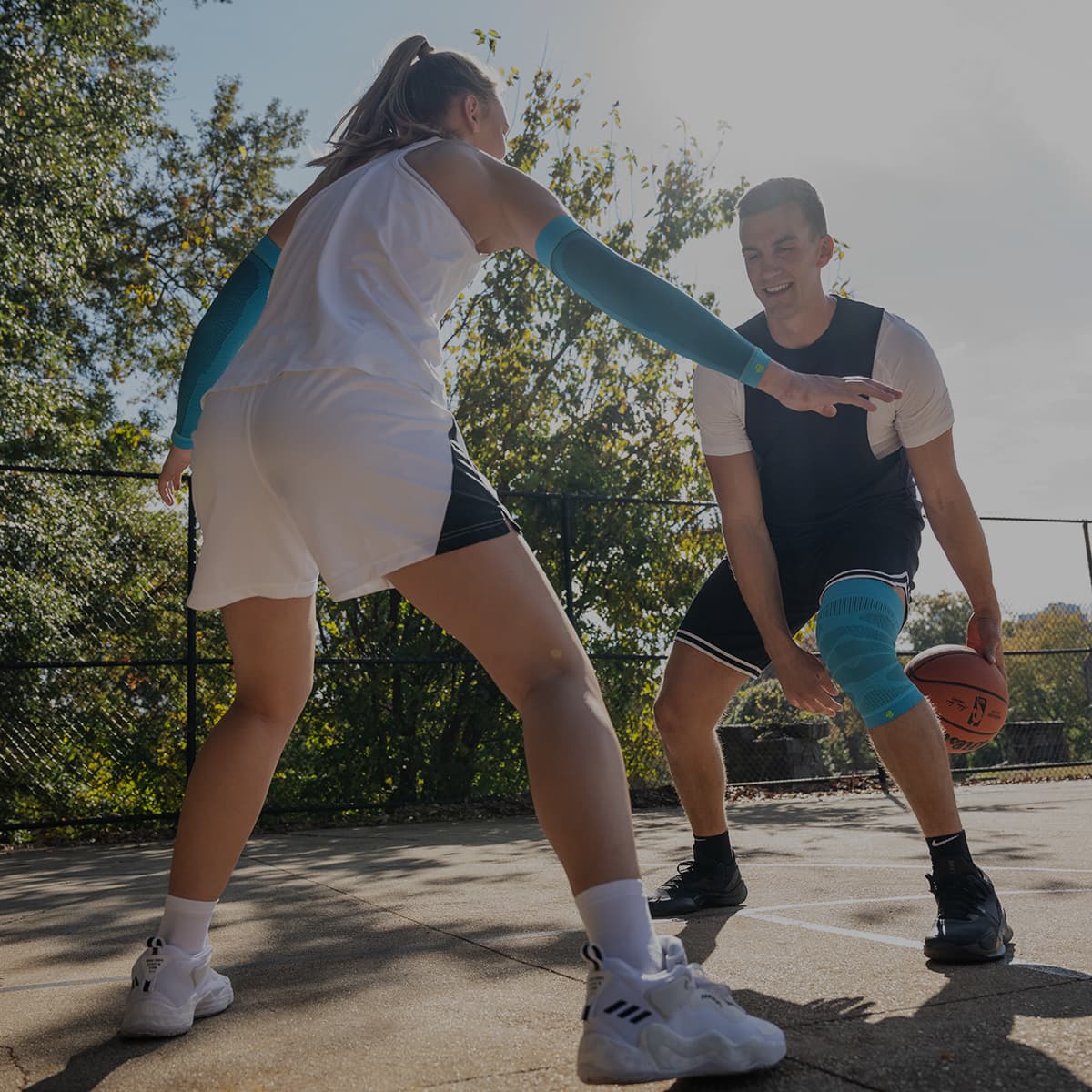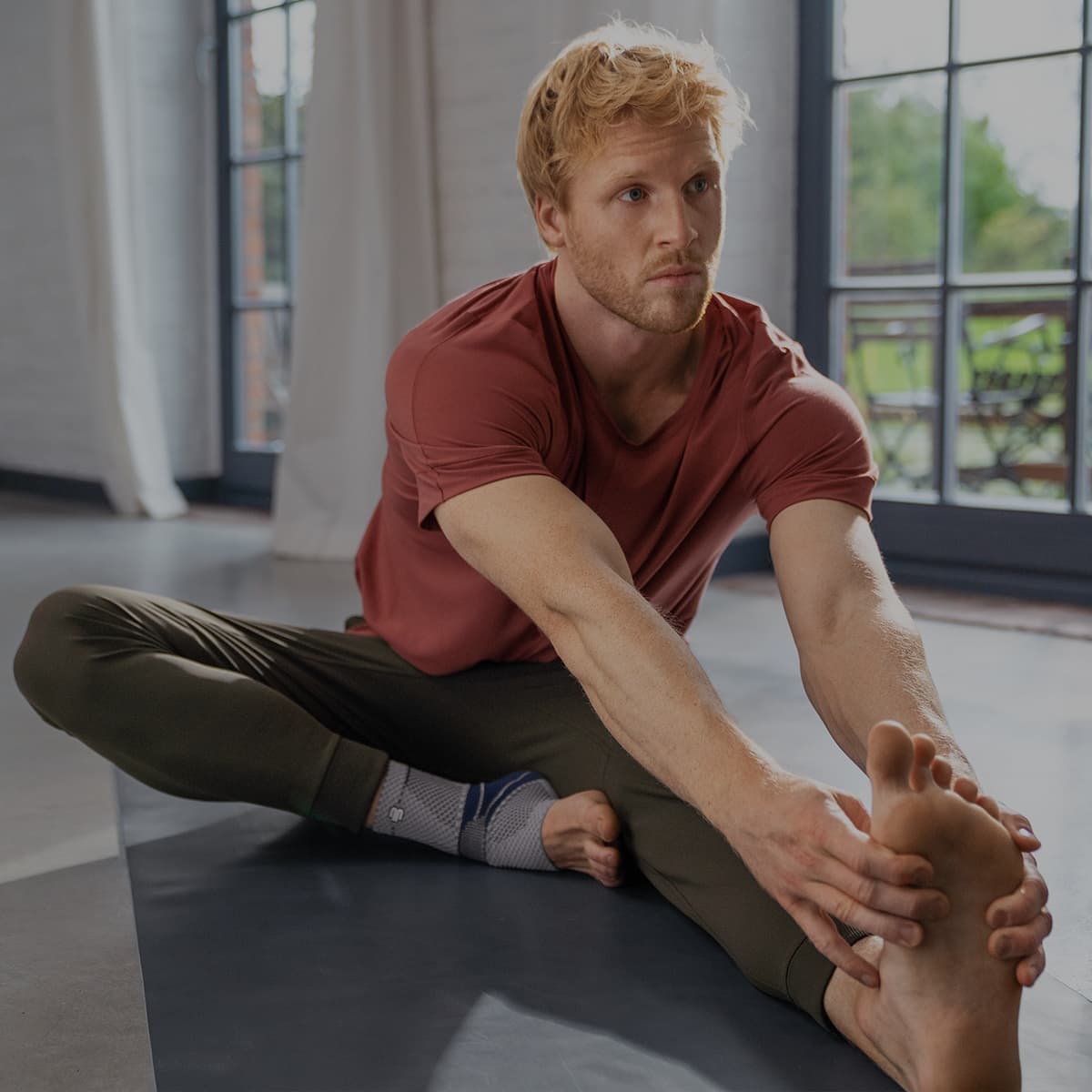Knee injuries come in all shapes and sizes, and they can put you out of action for weeks, or even months. Considering how frequently we use our knee each day, it’s probably no surprise that injuries are extremely common. One of the most crucial parts of the knee is the meniscus, so to help you protect this important muscle, try these tips on how to prevent Meniscus Knee Tear.
What is a meniscus knee tear?
The meniscus is a group of muscles which run around the knee joint, acting as a controlling cushion, along with the cartilage, between the bones within your knee. If you tear any of those muscles, the knee can become painful and swollen and you will likely be unable to participate in many activities.
What makes this especially troublesome is that the menisci have a very small blood supply, only flowing to the outer edges of the muscle. This means that once injured, it does not heal nearly as quickly as the rest of your body, in some cases not healing at all, often surgery is the only option to recover the muscle.
Protecting the meniscus and ensuring it’s strengthened is crucial to prevent tears and ruptures. There are a few key ways to help minimise the risk of meniscus tear.
How to strengthen the meniscus
When the muscles around your knee are weak, the vulnerable parts, like the meniscus and ligaments, are prone to injury.
Strengthening your thigh muscles with regular targeted exercise will protect the meniscus and is often aided with compression to maximise the benefit and minimise the muscle fatigue. It’s important to ensure correct technique is followed, as sudden increases of intensity during a workout can also cause tears in the meniscus.
Bauerfeind provide Upper Leg Compression Sleeves that are perfect for helping boost the effectiveness of the exercises to increase strength in the quads and hamstring.
Here is an example of a meniscus strength-building exercise:
Straight leg raise
This exercise both strengthens the quadriceps and stretches the hamstrings, or the muscles that run up the backs of your thighs.
- Lay on your back with your left foot flat on the floor, and your right leg extended. Keep your back and pelvis in a neutral position. Your pelvis should be slightly tucked to support your back.
- Flex your right foot and tighten your thigh muscles. Slowly, with controlled movement, raise your right leg off the floor.
- Lift the right leg to roughly 45 degrees, or when your right knee is the same height as your left knee.
- Lower the right leg.
- Repeat on the left leg.
Warm-up to prevent a meniscus tear
How you warm up prior to exercise, and how you warm down afterwards, are the simplest but most helpful ways to prevent injuries in general, and the meniscus is no exception.
Stretching before and after exercise, and resting your body properly between workouts is a good discipline to follow in order to keep all the muscles loose and comfortable.
Learn more about pain in the patella tendon here: Pain and Irritation in the Patellar Tendon.
Simple ways to warm-up your knee include:
- Light walking or riding on a stationary bike
- Slow squats
- Leg raises
- Childs pose

Wearing a knee brace for a meniscus tear
Meniscus injuries usually occur while playing sport, and the right protection can make the difference between a mild strain or a tear. For prevention - the GenuTrain Knee Support is perfect, it targets the meniscus to keep it loose and flexible. It also has a compression brace with gel support which will protect the muscle while it’s moving.
For those with smaller meniscus injuries, who want to get moving and prevent further injury, wearing the GenuTrain A3 or the GenuTrain S is the best solution. These will support a meniscus that is already weak or injured, and can be used during any level of activity.
Overall, good exercise practice, and bracing, are highly effective ways to prevent meniscus tears. And no matter your level of activity or injury history, the right brace will help. Prevention is always better than treatment, so make sure you keep those knees limber and supported.
Do you have private health? Most private health extras will cover Bauerfeind Products, check to see if yours is included. Bauerfeind PHI enquiry.
Bauerfeind products are developed at our innovation and manufacturing facility in Zeulenroda, Germany. Based on years of scientific research, our award-winning braces and support garments are highly recommended by medical professionals and athletes worldwide.
For assistance selecting the right product for your needs, book a video consultation with a Bauerfeind expert: Book Video Call, or call us on 1300 668 466

